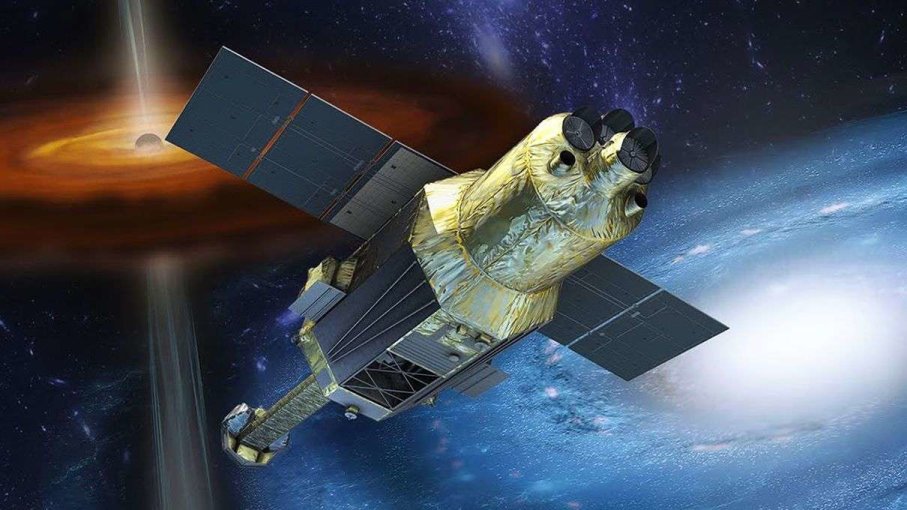The Hitomi Satellite Briefly Glimpsed the Universe, Then Died — What Happened?

When the Japan Aerospace Exploration Agency (JAXA) launched the Hitomi astronomical satellite into low-Earth orbit on February 17, 2016, it was supposed to be a game changer. The $273 million x-ray observatory was equipped with state-of-the-art instruments that NASA helped design; the tools were sensitive enough to probe distant mysteries of the cosmos.
Hitomi was intended to study, among other things, the remnants of gigantic star explosions and the processes by which stars and galaxies form. And one of its most tantalizing objectives was to track the particle streams coming out of black holes, which have yet to be directly observed by scientists.
Unfortunately, Hitomi didn’t get to do very much of that. On March 26, a little more than a month after the launch, the satellite was in the process of testing its instruments when it abruptly failed to “phone home” as it passed over a ground station. Scientists detected what they believed were signals from the satellite two more times, on March 28 and 29, but then it went dead for good. Soon afterward, Paul Maley, a former NASA flight controller turned amateur astronomer, captured a video of what appeared to be an out-of-control Hitomi, spinning wildly in orbit. After fruitless attempts to reconnect with the satellite and fix it, on April 28 JAXA announced that it was giving up. Hitomi was lost.
What happened? A JAXA report issued in May theorizes that the satellite’s attitude control system (ACS) malfunctioned, and incorrectly calculated the satellite’s rotation speed. The ACS apparently thought the satellite wasn’t spinning fast enough, and fired thrusters, caused it to speed up. As a result, the orbital observatory spun so rapidly that parts of it began to come off. Eventually, it broke up into 11 pieces.
But if there’s a ray of sunshine in all this, in the brief period that Hitomi was around, scientists did manage to squeeze in a quick look at the Perseus cluster, the brightest cluster of galaxies in the x-ray view of the sky. This NASA video offers a closer look at the findings:
“Other missions like NASA’s Chandra X-ray Observatory and the European Space Agency’s XMM-Newton looked at the Perseus cluster before, but their instruments didn’t have sufficient energy resolution to study the dynamics of the intergalactic medium,” said Stanford University postdoctoral researcher Irina Zhuravleva in a press release. “Hitomi’s high-resolution SXS instrument revealed these speeds for the first time.”
“It’s fair to say that these first data demonstrated what’s possible in this field and gave us a taste of the great science that should have come out of the mission over the years,” said Zhuravleva.



 Creators of mankind
Creators of mankind Description of “Tall white aliens”
Description of “Tall white aliens” Where they came from?
Where they came from? About hostile civilizations
About hostile civilizations The war for the Earth
The war for the Earth “Tall white aliens” about eternal life
“Tall white aliens” about eternal life Video: “Nordic aliens”
Video: “Nordic aliens” Aliens
Aliens Alien encounters
Alien encounters The aliens base
The aliens base UFO
UFO Technology UFO
Technology UFO Underground civilization
Underground civilization Ancient alien artifacts
Ancient alien artifacts Military and UFO
Military and UFO Mysteries and hypotheses
Mysteries and hypotheses Scientific facts
Scientific facts


















